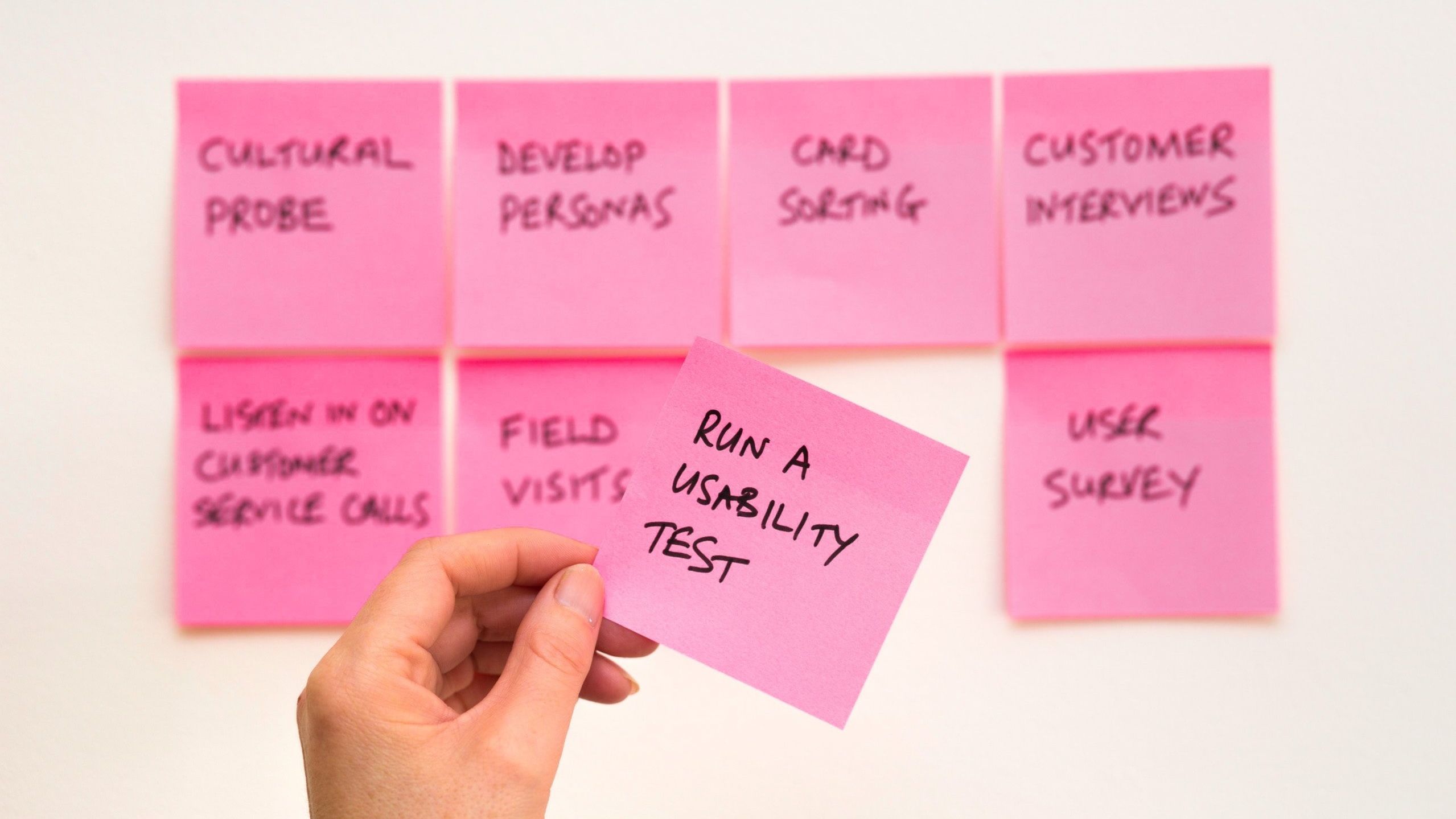This article is more than three years old. Take a look at our current courses and programs!
5 big trends in UX

The life of UX designers is always changing. Agile development, iterative prototyping, new data informing experience and tighter timelines. We’ve been looking for trends that will change the UX landscape - for both existing UX practitioners, and those starting in the exciting world of User Experience - so you can see what’s next.
1. The rise of the UX Writer
If we were to isolate one area UX that seems to be growing quicker than all the rest, it would be the role of the UX Writer. The ability to guide users with text, and continuously develop text based on data, SEO and digital behaviour is becoming critical.
“Lorem ipsum” placeholder text finally faces fierce competition when a UX Writer is introduced early and becomes part of the core creative team. Whether it’s micro-copy for a CTA (a Call-To-Action is the text you read on buttons) or the Alt-Text (the text you read when images don’t load), excellent UX writing becomes an essential part of communication in the modern world.
2. People have the power
Users have become increasingly aware of the transaction presented by digital services - especially location-aware digital services. We no longer think an app should continuously have access to location data without reasonable justification. Or to send us notifications every two hours.
Today’s user wants control. To snooze annoying notifications. To limit the time within an app, and the hours of the day that they can interrupt us. The most successful services in the future are the ones that accept that control lies with the user and not the other way around.
3. The smart second screen
Apple’s always focused on adding value to its ecosystem by closer integration between devices. And MacOS Catalina takes the next step. Now you can use your iPad as a second screen to expand your desktop. While a device’s primary focus should always be a priority, it’s still nice to give users a new way to use their tools. While lots of ideas, when tested, don’t always turn into useful features, it’s good to keep trying. Don’t be afraid to see how the addition of a screen or smartwatch can change how users use your app. You never know, user behaviour may change completely, and whole new doors are opened.
4. Gestures need an introduction
As smartphone screens have grown in size and prominence, it’s been at the expense of physical buttons. Most new Android and iOS deviceses now rely on gestures to move around the interface. Users have generally adapted, and gestures are now commonly introduced into apps and services.
But interface gestures are not always obvious. Especially when you compare the interaction model to a single-purpose button, where the use is unmistakable. Sometimes you have to clarify how these gestures work with the help of on-boarding introduction. Not everyone figures out every gesture.
So yes, next time you make a prototype, you can save space by replacing buttons with gestures. Just be sure to educate users about how these gestures work.
5. Designing voice interactions
With the increasing use and intelligence of smart assistants, comes a rise in the number of users talking to their devices. The voice category continues to grow - something that every UX designer should keep in mind.How is the flow affected when you interact with voice? How should users learn new voice commands so they can orient themselves in the experience? Which steps in the experience can be simplified or even removed with the help of a voice command?
These are just some of the questions that a UX designer will need to ask themselves to take advantage of this new interaction model. Adobe XD already allows designers to use voice in their prototypes, but other players also plan these features. So start experimenting and learn how your users might perfect to interact with their voice instead.

